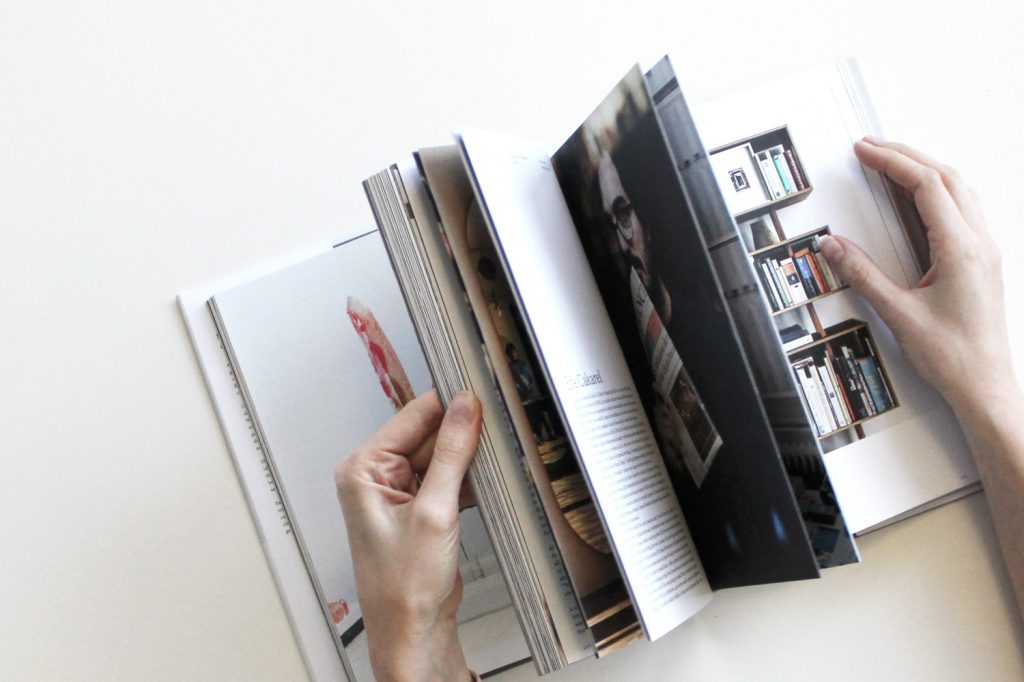When many people hear design, they often think it’s just about making something look pretty. However, design is a complex process with many moving parts. Great design creates a meaningful connection and helps brands reach a specific goal. It can also alter customer perception, build trust, and help convey your message.
Many of our client projects are heavily influenced by design. We interviewed our Creative Director, Leanne Bridie, to understand her team’s design process and how they build their design thinking framework and the creative process around branding and archetypal analysis to tell our clients’ brand stories meaningfully. Each week, we’ll share one segment of this three-part interview.
What’s the first thing you do before starting any design project?
Read through the brief and consider all corners. I have to balance many moving parts when starting any design project. Essentially the beginning of any project begins with defining some goals and parameters: the environment in which the design will live, the message and tone it needs to communicate, the function of the design/messaging, the audience the brand is speaking to, and the thoughts/feelings the brand should inspire through its design, positioning in the market concerning competitors.
Where do you draw inspiration?
Everywhere, apart from the design world, I pull from fine art, illustration, architecture, music, books, mythology, the culture I’ve seen or learned about, and any media.

What’s your creative process?
Once I understand a macro view of what a project looks like, I start exploring some of the high-level details. It begins with a pragmatic approach to making decisions about the content and goals hierarchy; What should this design accomplish? How will people interact with this design? Which needs have to be met in this setting vs. another? How can this be built upon? How can it be broken down? With these in mind, I’ll start to design a rough draft.
After having a basic framework of what I’m going to be creating, I’ll spend more time considering the personality this brand/project embodies. Whether something is modern or classic, playful or more reserved, etc., it’s important to consider every step of the way since design speaks directly to its audience louder than words. These traits are expressed and supported through every decision, including layout, interaction, style, graphics, color, line weight, texture, movement, photography, etc. Once I have a complete first draft, I run through it with fresh eyes to ensure I’ve included all requirements and evaluate if I’ve succeeded in meeting the goals defined at the beginning of the process — rinse; repeat.
The Takeaway
There’s a lot of thought and research that goes into any design project before you can bring it to life. Check back in two weeks for part two of this interview with Leanne. We’ll discuss the conceptual and strategy phases of the design process and how our team builds their design thinking framework around branding and archetypal analysis for our clients.
